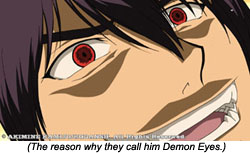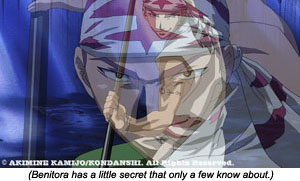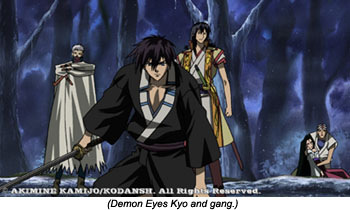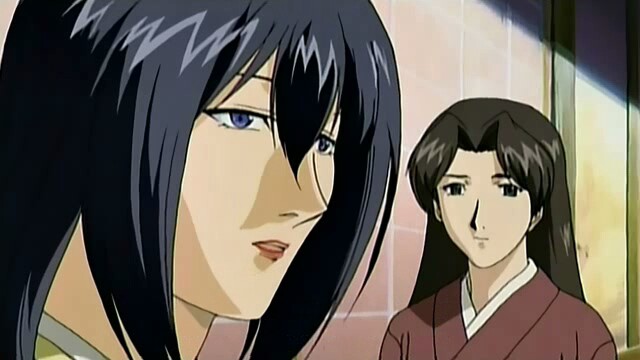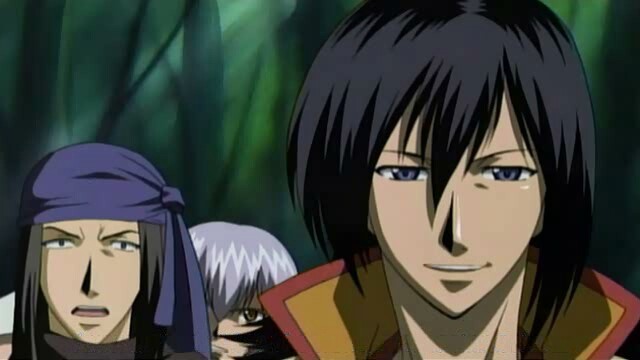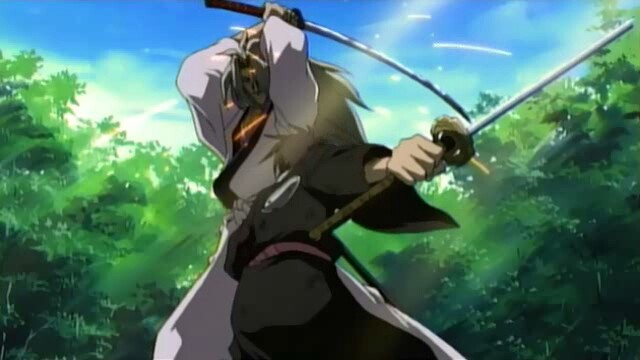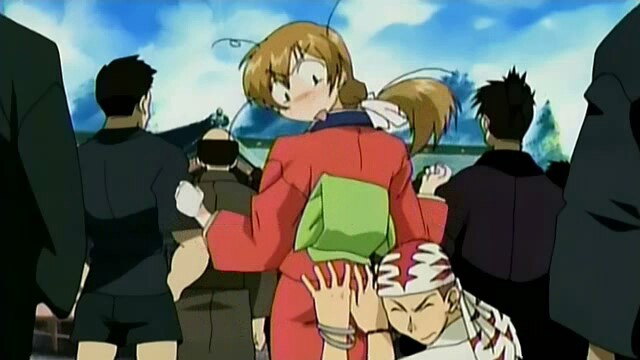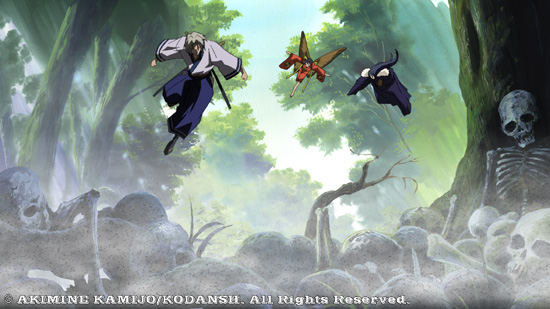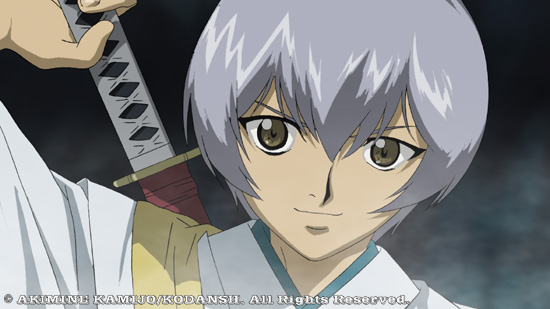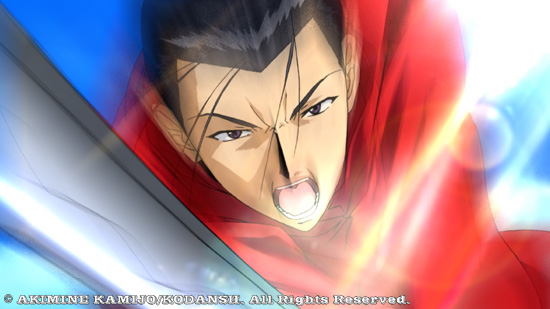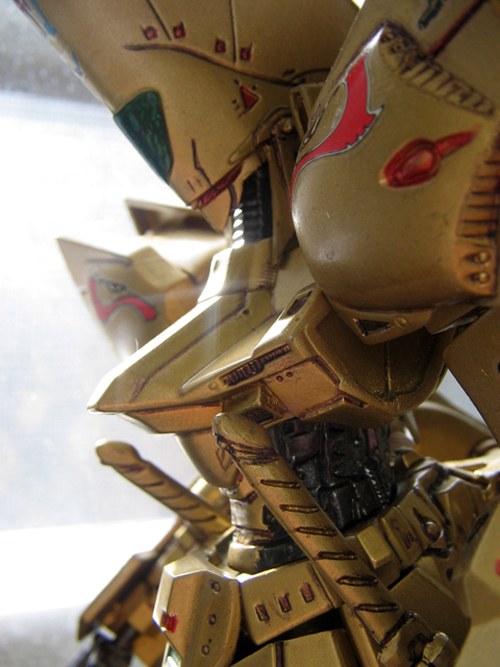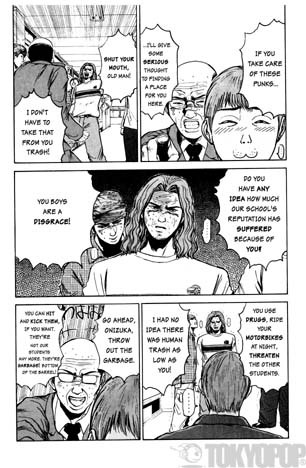Edition 12: Appleseed the Movie
Monday, February 27th, 2006http://www.appleseedthemovie.com - U.S. Official Site
http://www.a-seed.jp/ - Japanese Official Site
In 2131, World War X had left the face of the planet torn and devastated. No country gained to benefit from the war as a superpower. However, there was one that thrived both economically and politically. Olympus through its sheer influence served as the head administrator of the other countries. Particular to this society is the coexistence of a race of Bioroids, cloned humans whose genetic traits were specifically selected in order to maintain the stability of the civilization. This poses an inevitable conflict between the Bioroids and militant groups that are opposed to these modified humans. Can true harmony exist or are we as humans doomed to be always at war with ourselves?
U.S. Release: January 14, 2005
Distributed by GENEON ENTERTAINMENT (USA) INC.
Rating: R (for some violence)
Running Time: 103 Minutes
Based on the manga by Masamune Shirow (Seishinsha Publishing) first published in 1985
Directed by Shinji Aramaki
Creative Producer Fumihiko SORI
Writers Haruka HANDA, Tsutomu KAMISHIRO
Executive Producer Sumiji MIYAKE
Producers Hidenori UEKI, Naoko WATANABE
Associate-Producer Norio KONISHI
CG Producer Yusaku TOYOSHIMA
CG Director Yasuhiro OTSUKA
Character Designer Masaki YAMADA
Music Producer Shin YASUI
Music Score Tetsuya TAKAHASHI
Music by Paul Oakenfold, Basement Jaxx, Boom Boom Satellites, Carl Craig Vs. Adult, Akufen, Atom, T.Raumschmiere, and Academy Award winner Ryuichi Sakamoto (APPLESEED Original Soundtrack by Sony Music Records Inc.)
Production Companies MICOTT & BASARA INC., TBS, Geneon Entertainment, YAMATO, TYO, and Digital Frontier Inc.
Thoughts:
 hinatasou:Fan raves have been mixed for those who have already seen the Japanese DVD version. The blend of 3D computer graphics coupled with traditional 2D cel-style animation creates a breathtaking atmosphere although the shading on the characters themselves tends to appear disagreeable at times. As is always the case, there are some Japanese elitists who can only tolerate listening to the Japanese dialogue and are dismal about the English translation. Nevertheless Appleseed has the makings of an excellent futuristic action thriller with an equally exceptional soundtrack.
hinatasou:Fan raves have been mixed for those who have already seen the Japanese DVD version. The blend of 3D computer graphics coupled with traditional 2D cel-style animation creates a breathtaking atmosphere although the shading on the characters themselves tends to appear disagreeable at times. As is always the case, there are some Japanese elitists who can only tolerate listening to the Japanese dialogue and are dismal about the English translation. Nevertheless Appleseed has the makings of an excellent futuristic action thriller with an equally exceptional soundtrack.
The film boasts its superior visual art rivaling that of Squaresoft’s unrewarding Final Fantasy: The Spirits Within. While this is true on the big screen, animes have been steadily integrating computer dynamics in their works for years and it has been progressing at an exponential rate. Compare the first installments of the rendered spacecrafts of Lost Universe to the marveling mecha designs and camera angles of the anticipated Macross Zero. More and more romance animes like DNAngel are utilizing computer elements to produce scenery and backgrounds.
The US website http://www.appleseedthemovie.com/ has an excellent flash interface. The Quicktime TVR feature provides you a full 360-degree perspective of three environments. They forgot to mention that you could zoom in and out by pressing the shift and ctrl keys respectively. The site features the official trailer, story information, character profiles, wallpapers in their download section, a cast list, nationwide theater locations, and a passage by Masamune Shirow himself. At the bottom left corner you can scroll through samples of the soundtrack. I recommend visiting the Japanese site http://www.a-seed.jp/ because it contains useful storyboards and design sketches, models, and a character relationship chart. If the Appleseed movie does well in the States expect to find the toy figurines on sale at your local video retail stores.
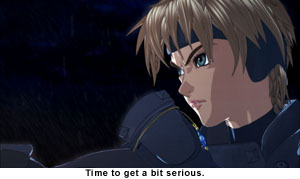 :Piro^kunBased on the Appleseed manga Masamune Shirow (Ghost in the Shell), Appleseed The Movie both defines the sci-fi genre and sets the bar for computer animation and cel-shading techniques.
:Piro^kunBased on the Appleseed manga Masamune Shirow (Ghost in the Shell), Appleseed The Movie both defines the sci-fi genre and sets the bar for computer animation and cel-shading techniques.
Appleseed presents us with a human race teetering on the brink of self-extermination. In a situation brought on by their own seemingly endless need to argue over and over again, perhaps humans deserve to reap whatever they have sown, collectively zooming towards their grim fate.
If you were hoping for a remake of the older Appleseed OVA series, then you are in for disappointment. But don’t get too down, because this new movie still focuses on Deunan and Briareos and tells a solid story, mixing relentless violence and surprising depth. Also, Appleseed The Movie doesn’t just have the human/bioroid tension as an interesting subplot, but brings this to the forefront of the fight for survival of the human race. And anyone who is new to the Appleseed universe and worried about not having any prerequisite knowledge can breathe easy. This new movie requires nothing more than an appreciation for science fiction and action.
This film comes along at a rather good time in America. Over the past few years comic book based movies like Spiderman, animated films like Spirited Away, and Sci-Fi flicks like the Matrix have started to pave the way for more motion pictures like Appleseed to find a mainstream audience here. Appleseed and other animated features like it force Americans, who are stubborn in their narrow views of animation, to let go of the massively outdated stereotype that animation is only for children, or at least I hope it will.
Appleseed the Movie opens in theaters across America on January 14th. 2005; I would recommend going to see it as soon as you can.
 Alpha: This Appleseed with revamped animation and music is certainly one cool customer. But as it goes for all shows, animation is not the judge of its character. While the action and character/mechanical designs are superb, the story just does not float my boat. The cel-shading reminds me of the game “Fear Effect,” but a hundred times better. I am astounded by the quality of action that was displayed on the screen. It was truly a heart pumping, gut wrenching experience. I might need to re-watch Appleseed, in order to fully appreciate it. As, as of this instance I am at a stage of uncertainty. The music was very very nice. Although I am not a lover of techno, I did like the way they meshed together. It was just a delight.
Alpha: This Appleseed with revamped animation and music is certainly one cool customer. But as it goes for all shows, animation is not the judge of its character. While the action and character/mechanical designs are superb, the story just does not float my boat. The cel-shading reminds me of the game “Fear Effect,” but a hundred times better. I am astounded by the quality of action that was displayed on the screen. It was truly a heart pumping, gut wrenching experience. I might need to re-watch Appleseed, in order to fully appreciate it. As, as of this instance I am at a stage of uncertainty. The music was very very nice. Although I am not a lover of techno, I did like the way they meshed together. It was just a delight.
After all, this release of Appleseed seems more like a “check out my animation” title, rather than a movie with a plot that attracts the casual fans other than the zealous Appleseed fan base. Does that mean it is a disappointment? No, I would not say that. What I will say is that a title like Appleseed the Movie, creates the flooring to support the next movie release. I am anxious to see what comes after Appleseed, as the animation department will absolutely be a difficult task to top.
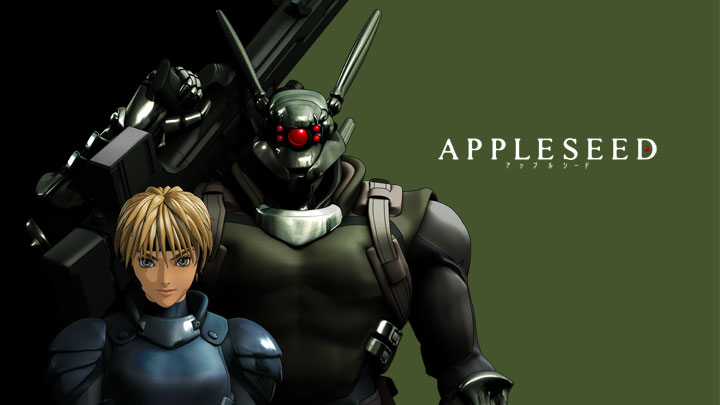
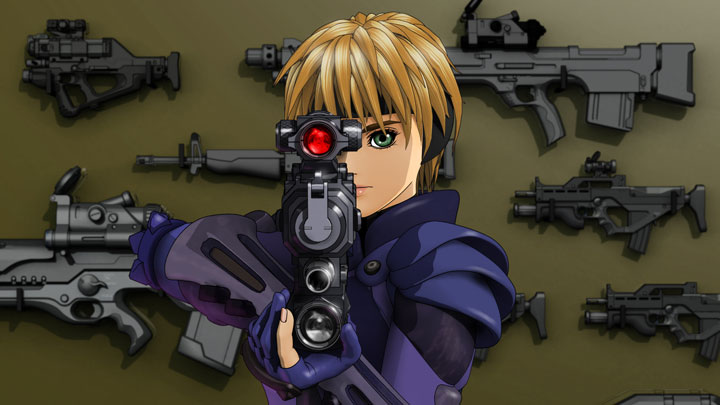
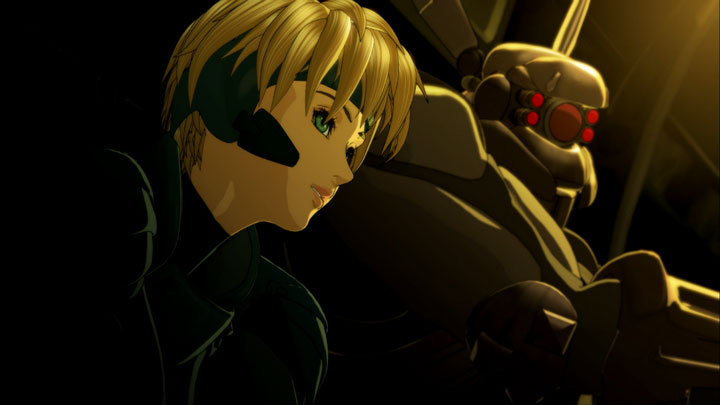
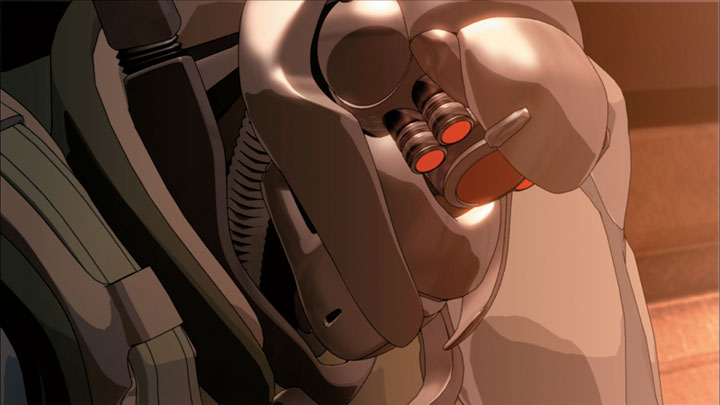


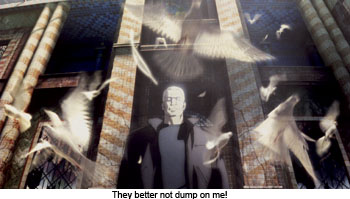
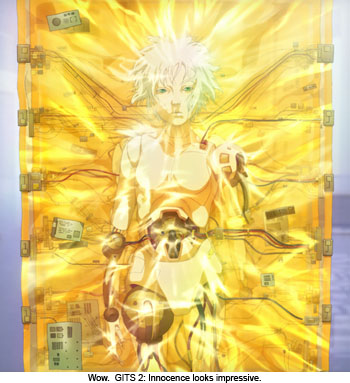
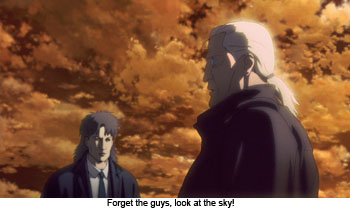
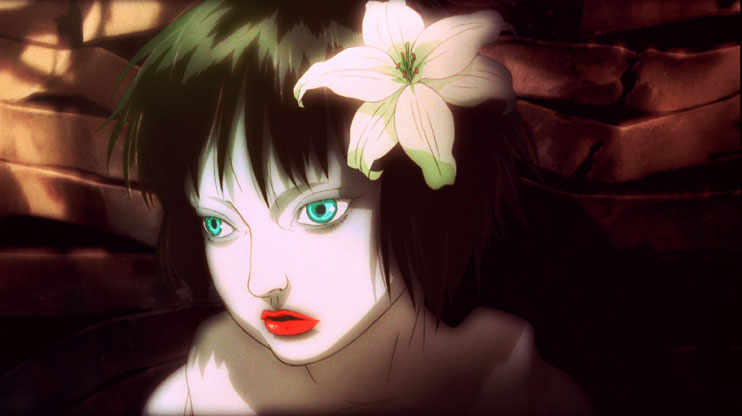
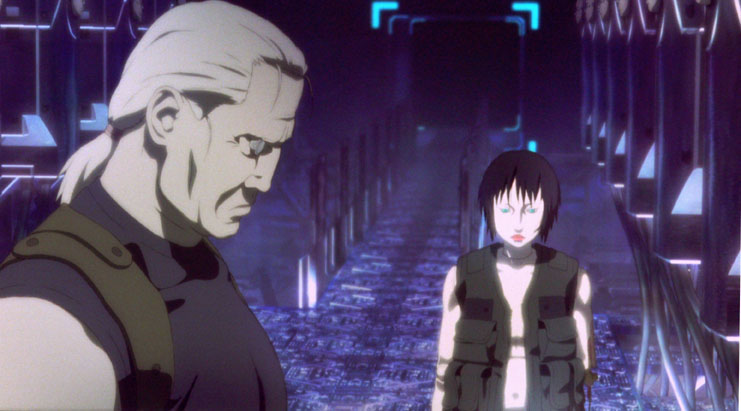
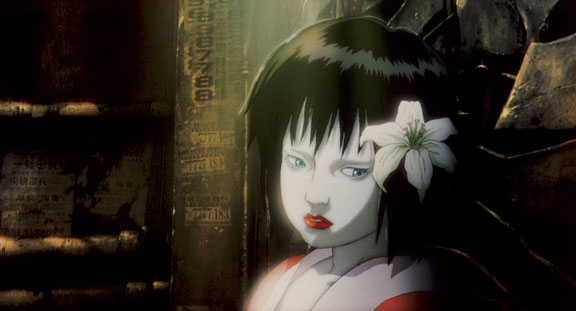
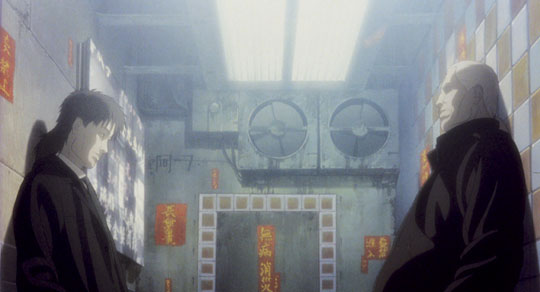
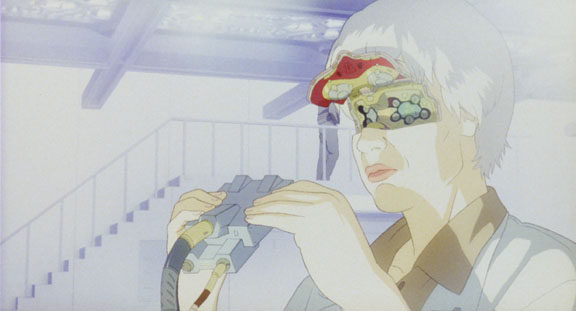
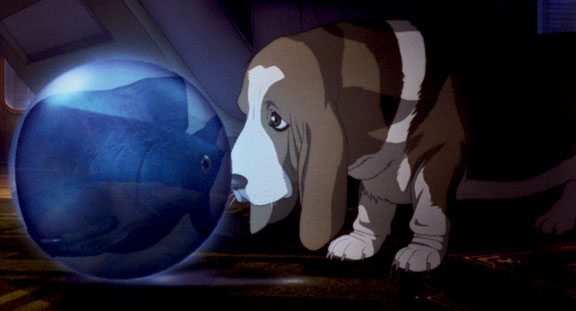
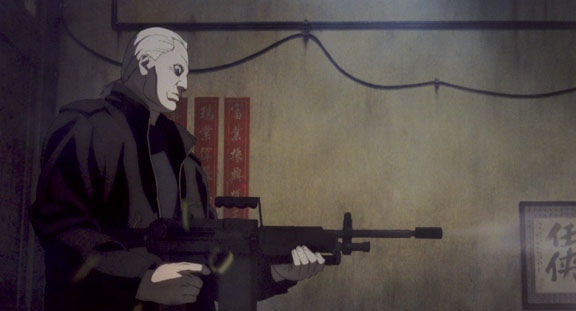
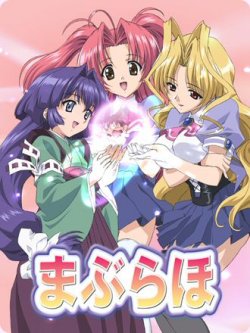
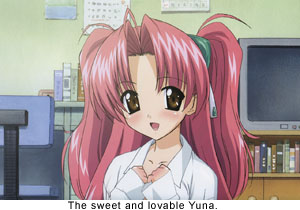 Dark Wind: Let me put it this way; the genres that describe Maburaho are: comedy, magical girl, and romance. I already don’t want to see it; but first let’s find out what it’s about: keep an open mind, right? It’s apparently about a magician in school who, while he sucks at being a magician, has three hot girls fall into his life who want his genes. Since he’s a nice guy, he keeps doing magic to please them, constantly getting in trouble at school. Stupid, stilted Japanese romantic comedy ensues (I assume). The character designs are stock harem anime schlock (big breats, big doe eyes, they look like kids) and the plot sounds like standard romance comedy fare. I’ll pass.
Dark Wind: Let me put it this way; the genres that describe Maburaho are: comedy, magical girl, and romance. I already don’t want to see it; but first let’s find out what it’s about: keep an open mind, right? It’s apparently about a magician in school who, while he sucks at being a magician, has three hot girls fall into his life who want his genes. Since he’s a nice guy, he keeps doing magic to please them, constantly getting in trouble at school. Stupid, stilted Japanese romantic comedy ensues (I assume). The character designs are stock harem anime schlock (big breats, big doe eyes, they look like kids) and the plot sounds like standard romance comedy fare. I’ll pass.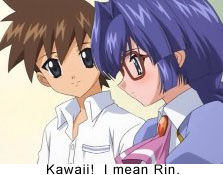
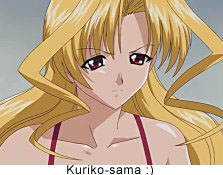 Piro^kun: The concept behind Maburaho is simple: Maburaho is about a rather boring, untalented, and loser-is guy that only has one thing going for him. He’s lucky enough to have some of the best genes in the world and a bunch of girls want to have sex with him just so they can bear his well-endowed child. Now, compared to just about every other harem anime in existence this premise is pretty deep, as well as rather interesting. This is one show I’m more than a little curious about. Definitely one to watch for.
Piro^kun: The concept behind Maburaho is simple: Maburaho is about a rather boring, untalented, and loser-is guy that only has one thing going for him. He’s lucky enough to have some of the best genes in the world and a bunch of girls want to have sex with him just so they can bear his well-endowed child. Now, compared to just about every other harem anime in existence this premise is pretty deep, as well as rather interesting. This is one show I’m more than a little curious about. Definitely one to watch for.
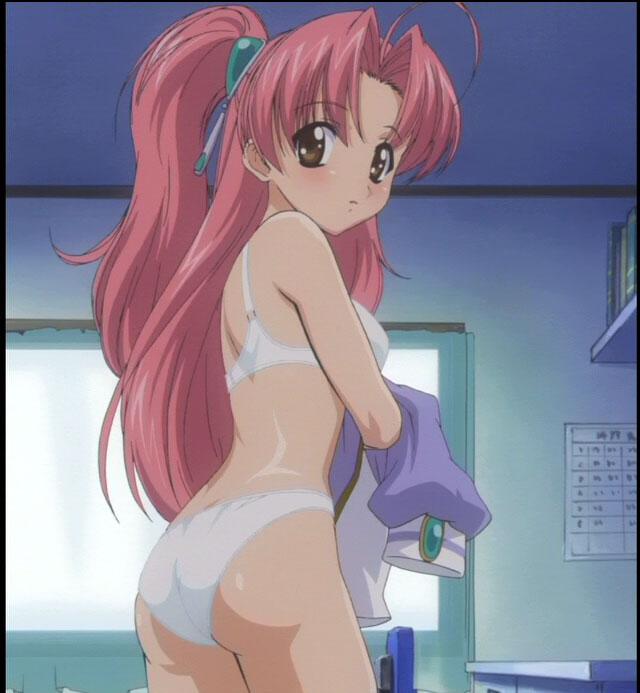
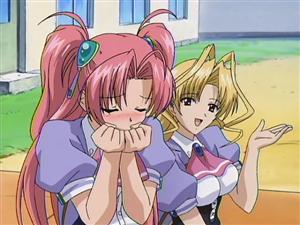
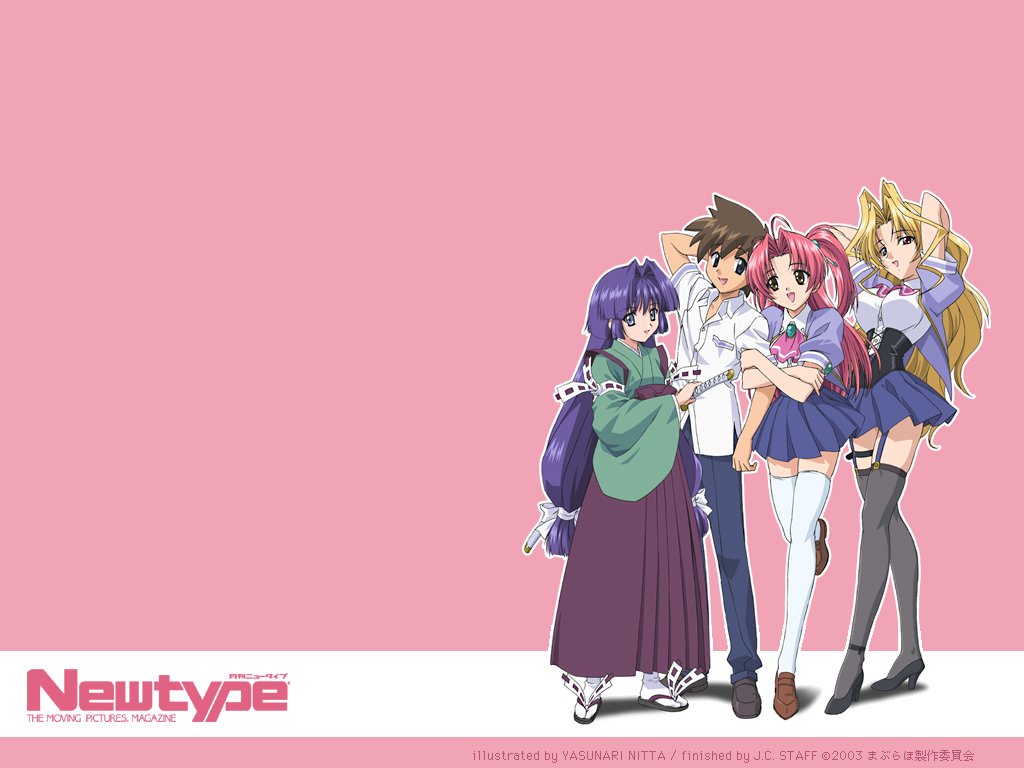
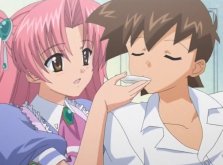
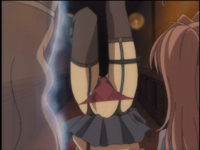
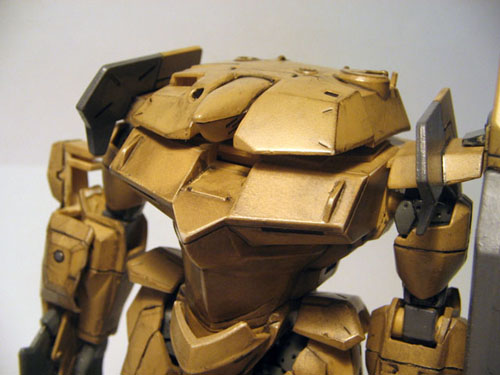
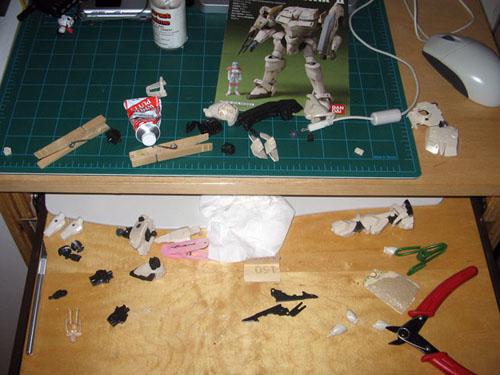
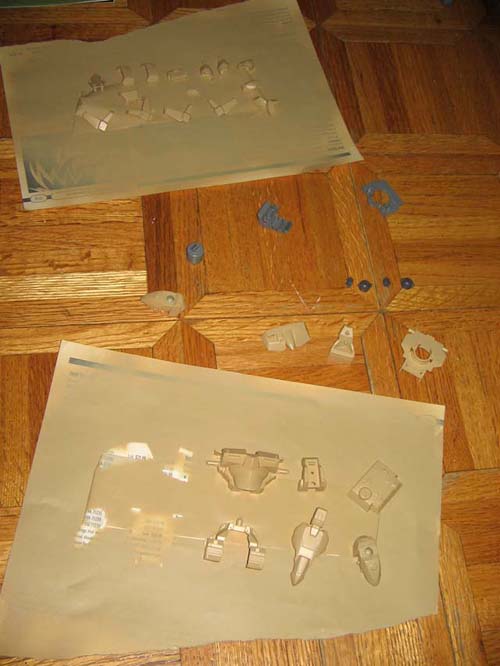
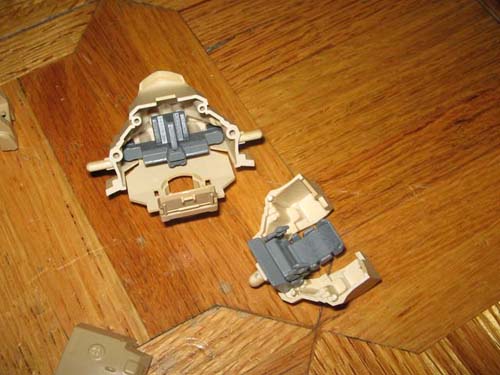
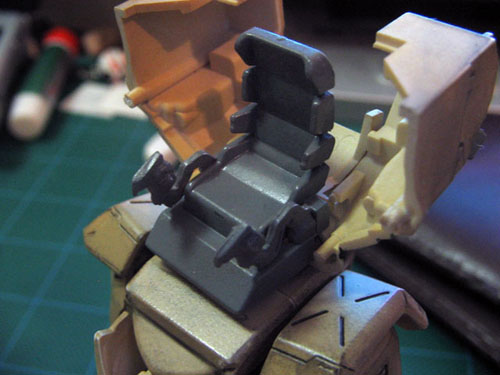
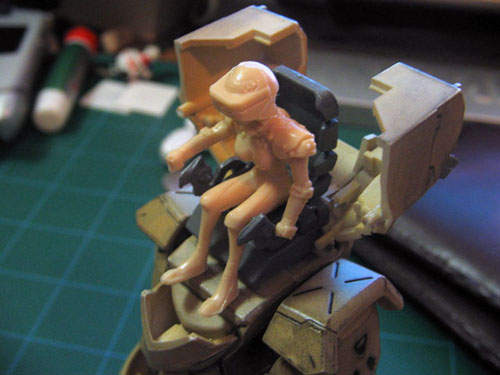
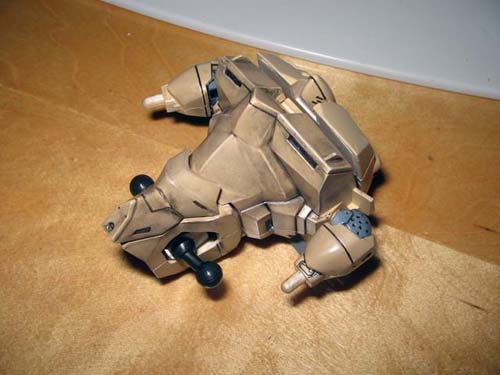
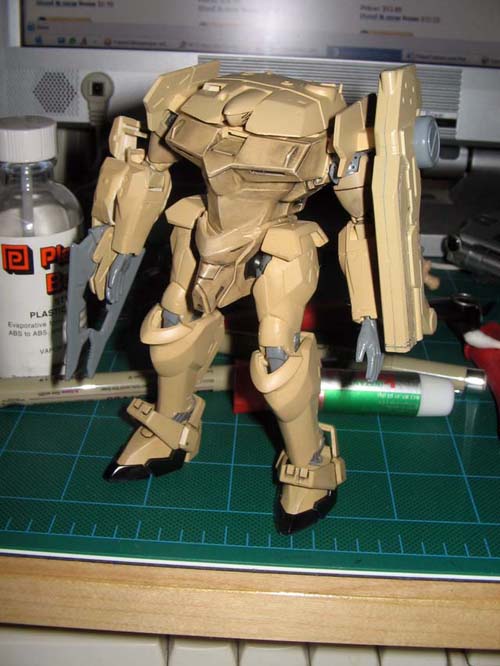
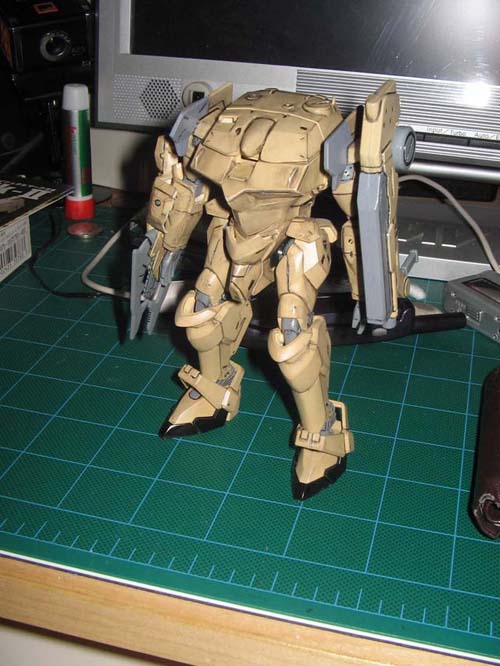
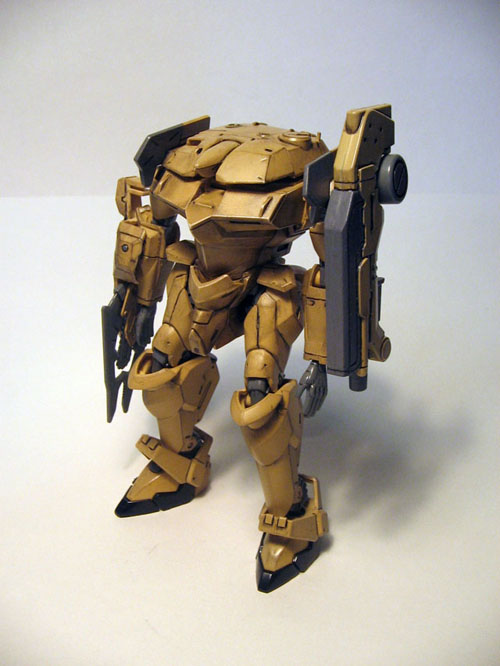
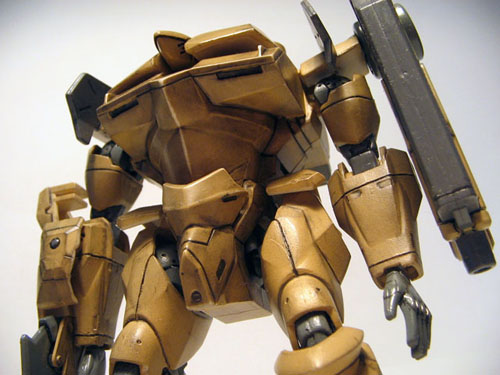
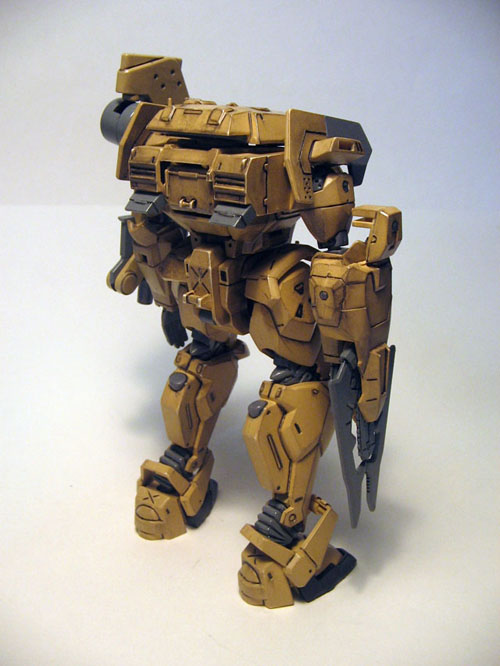
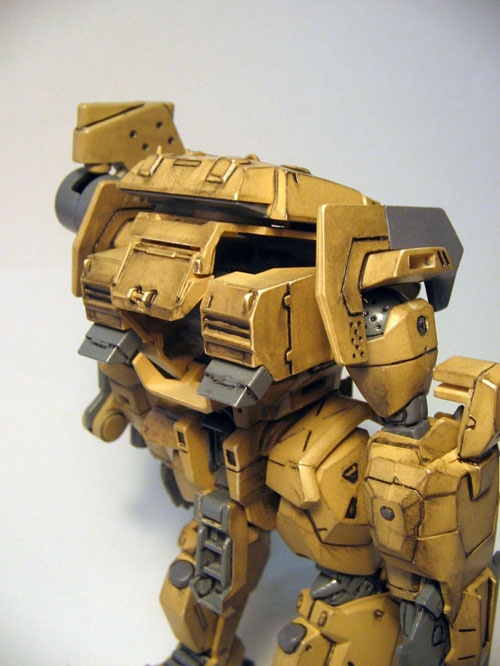
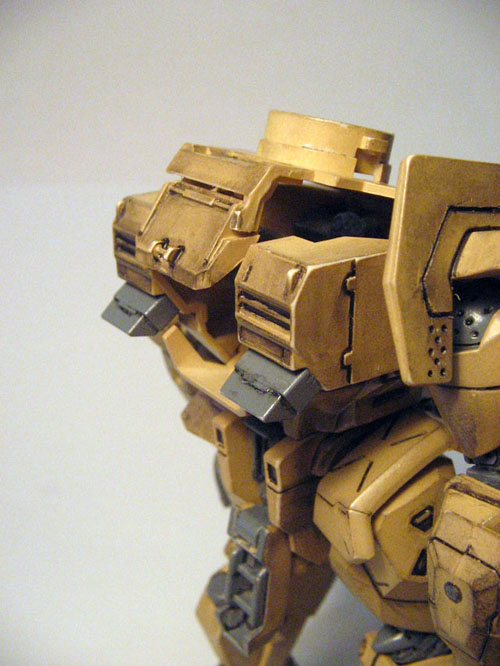

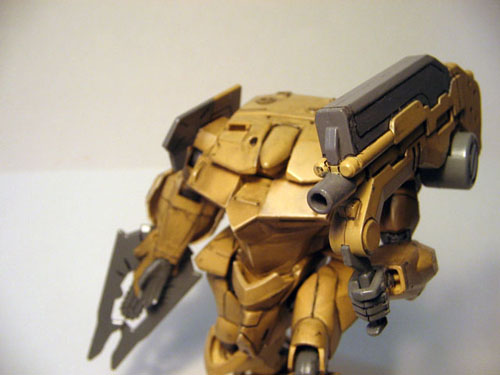
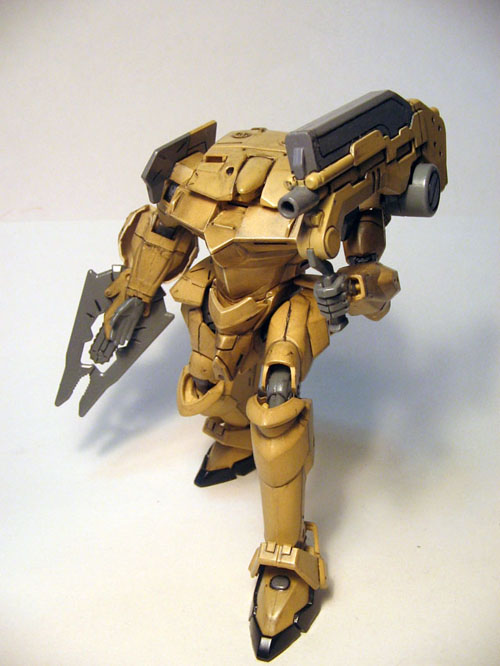
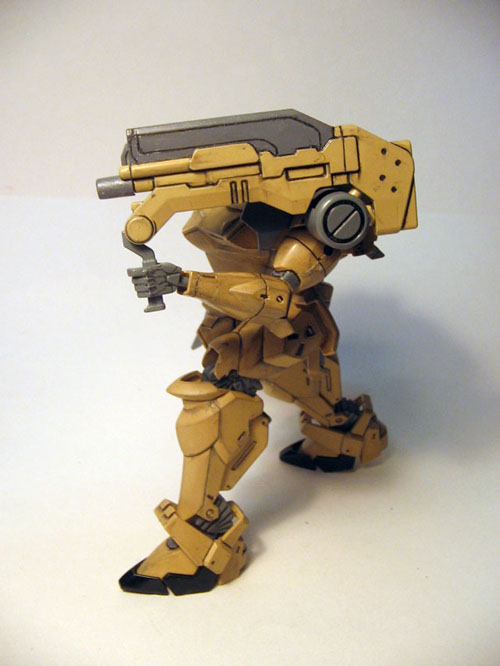
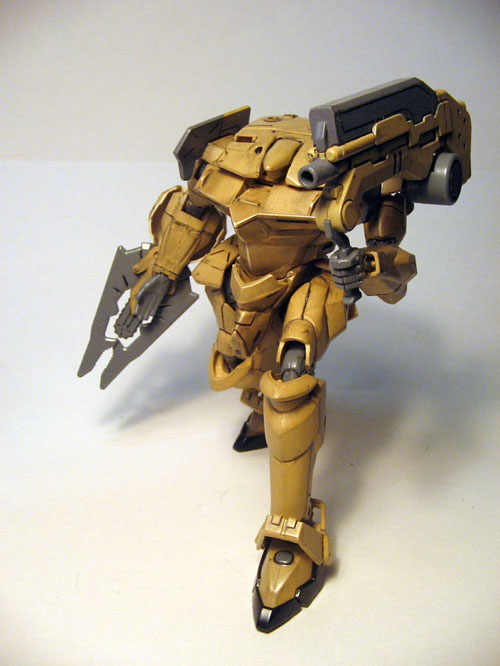
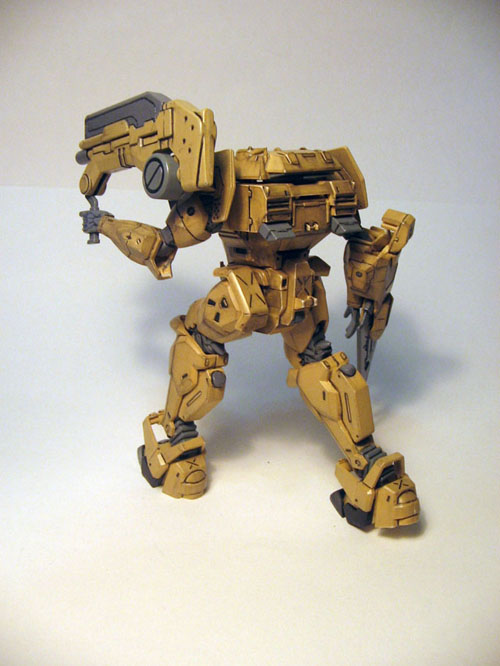
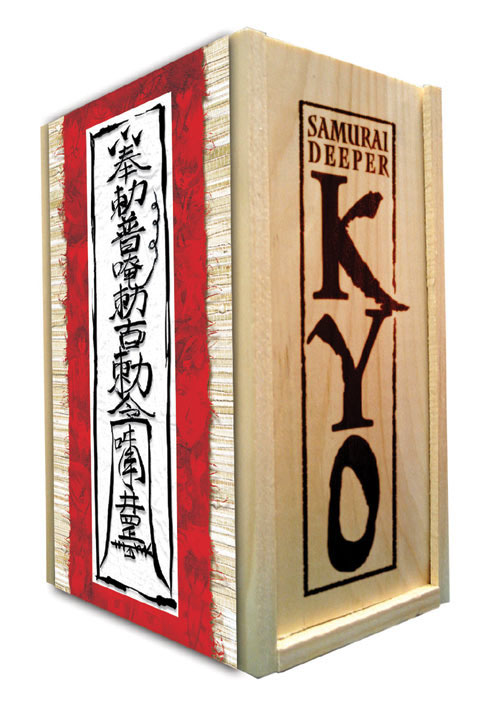
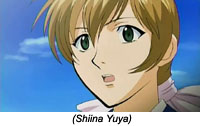 Alpha: Let me start off this new Animesou feature, by explaining what it is. The watcher is a group discussion of what’s to come during the year if possible we will have a guest speaker from their respective companies to add their comments. This idea was sparked by something like this on IGN. Stikz just brought up this idea and it’s pretty cool. So without further ado my thoughts on this upcoming title from Media Blasters.
Alpha: Let me start off this new Animesou feature, by explaining what it is. The watcher is a group discussion of what’s to come during the year if possible we will have a guest speaker from their respective companies to add their comments. This idea was sparked by something like this on IGN. Stikz just brought up this idea and it’s pretty cool. So without further ado my thoughts on this upcoming title from Media Blasters.